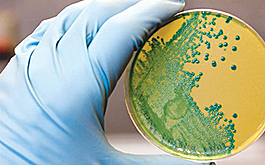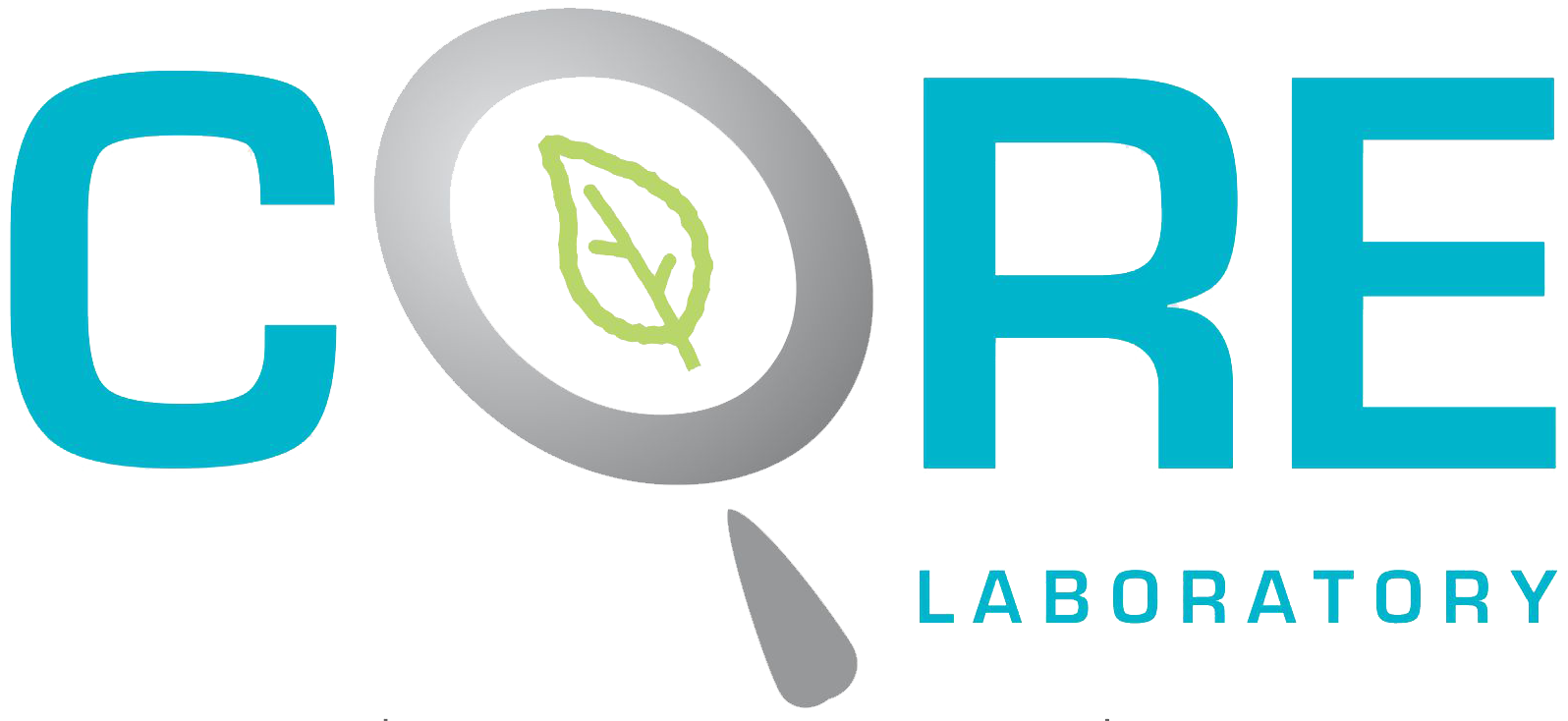Food Microbiology
Food microbiology encompasses the study of microorganisms, which have both beneficial and deleterious effects on the quality, and safety of raw and processed meat, poultry, Sea food and egg products. Food microbiology focuses on the general biology of the microorganisms that are found in foods including: their growth characteristics, identification, and pathogenesis. Specifically, areas of interest which concern food microbiology are food poisoning, food spoilage, food preservation, and food legislation.
Pathogens in product, or harmful microorganisms, result in major public health problems which are the leading causes of illnesses and death.

Pathogenic & Non Pathogenic Microorganism
Foods contaminated with pathogenic microorganisms usually do not look bad, taste bad, or smell bad. It is impossible to determine whether a food is contaminated with pathogenic microorganisms without microbiological testing. To avoid potential problems in foods, it is very important to control or eliminate these microorganisms in food products.
Bacteria, yeasts, and mold are microorganisms associated with foods. The individual microorganism cannot be seen without the aid of a microscope. The size of these microorganisms are measured in microns. More than a thousand microorganisms in a cluster are barely visible to the eye.
Microorganisms can be found virtually everywhere. Bacteria and molds are found in the soil and water. Yeasts are found mainly in the soil. Plant and animal food products support the growth of microorganisms. Bacteria have been detected on plants and animals; molds are usually found on fruits and vegetables; yeasts are generally found on fruits. Many bacteria are part of the normal microflora of the intestinal tracts of man and animals.
Microorganisms may be transferred from soil and water to plants and animals.
- Raw food stuffs contain microorganisms which may be transferred to processed foods by careless handling.
- Food handlers with poor hygiene practices may transfer microorganisms to food.
- If suitable conditions exist, some of these microorganisms may grow to create a public health concern.
Microorganisms that are tested in different types food products –
- Total Bacterial Count
- Total Coliform
- Enterobacteriaciae
- Salmonella species
- Listeria species
- Yeast and Mould
- Bacillus cereus
- Clostridium perfringens
- Vibrio chlorae
- Vibrio parahaemolyticus
- Escherichia coli
- Lactic acid bacteria
- Pseudomonas aeruginosa
- Shigella species
